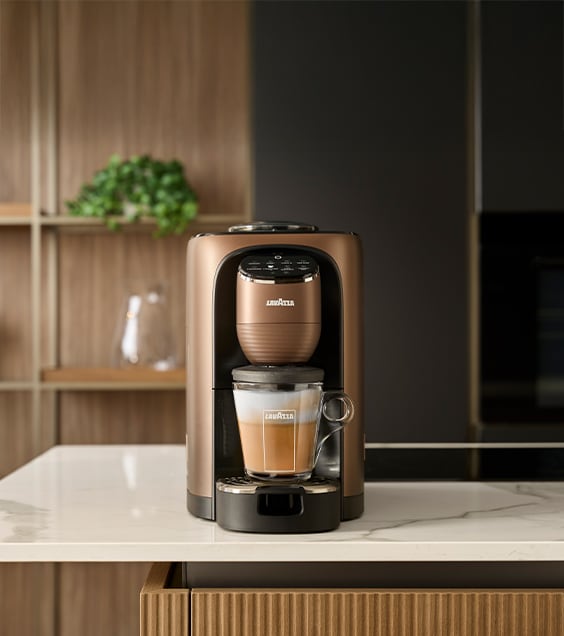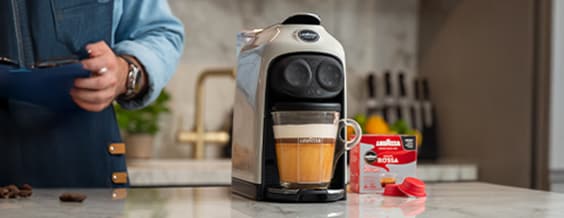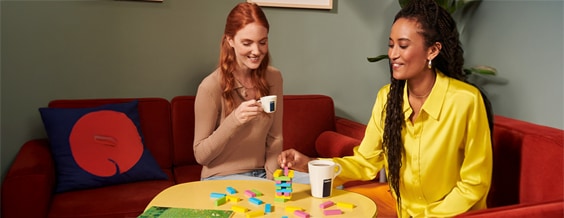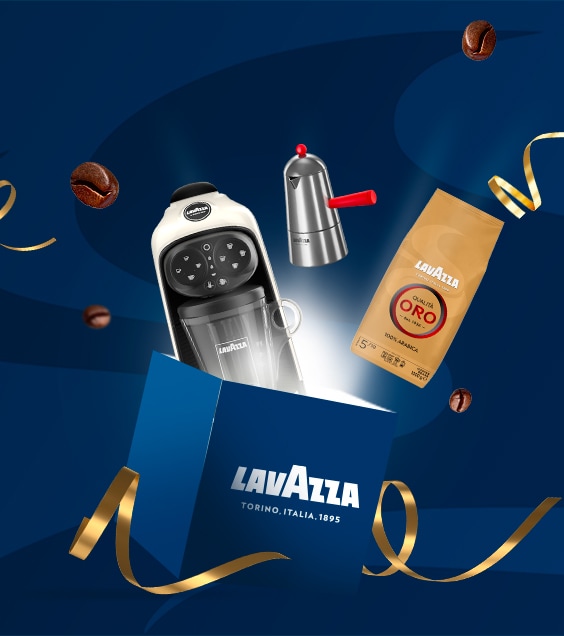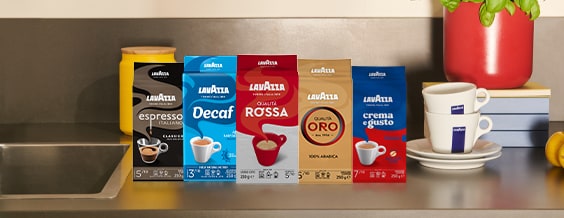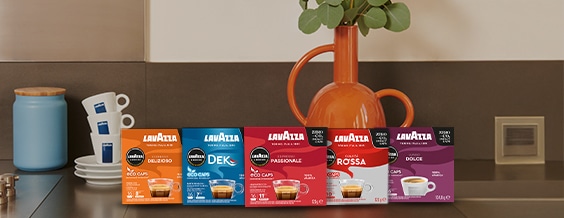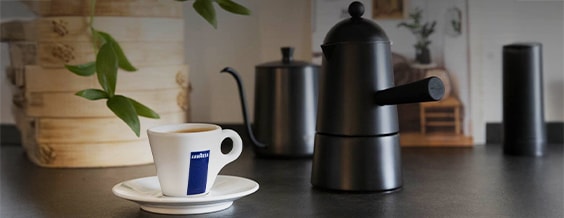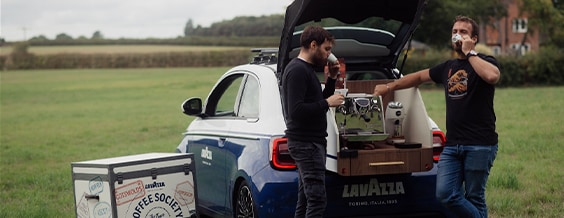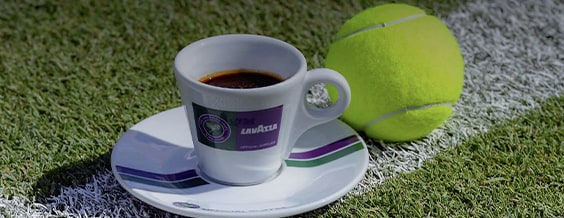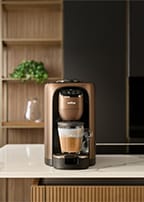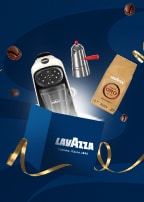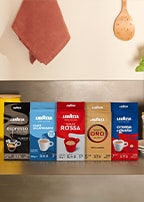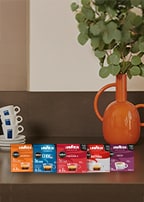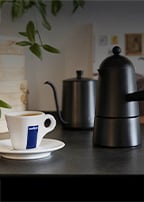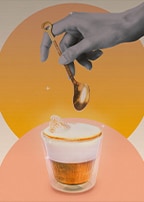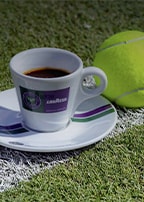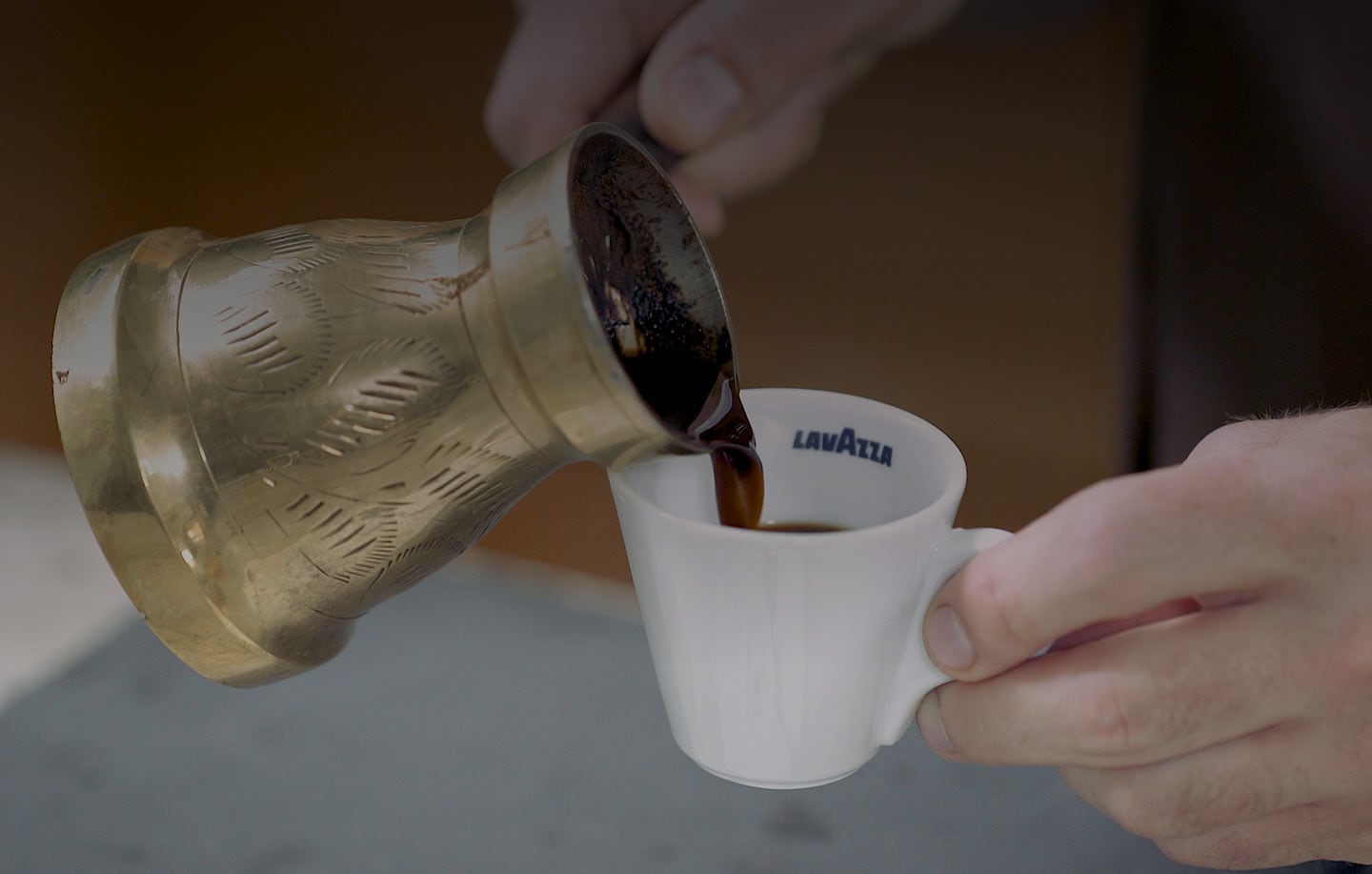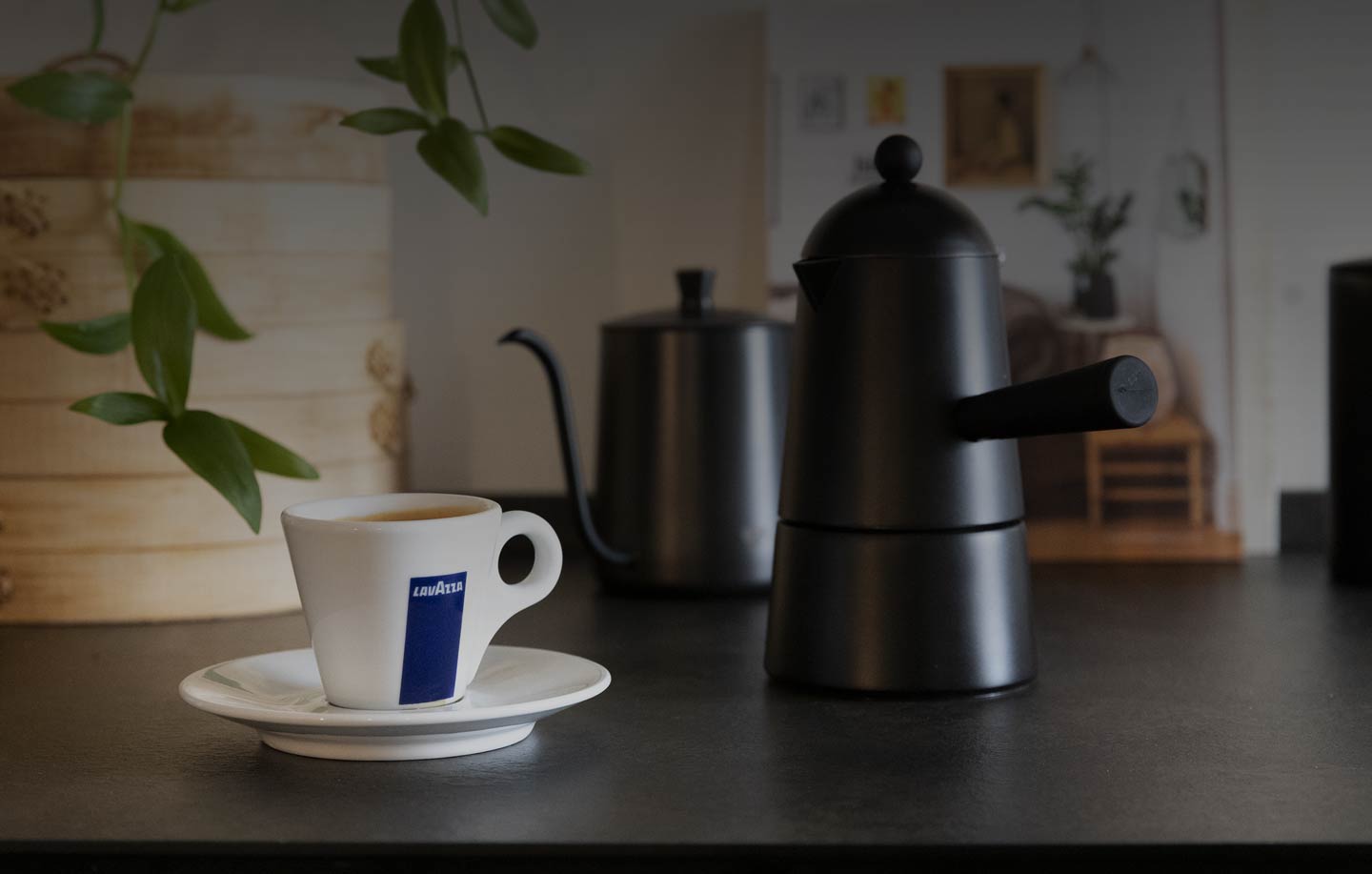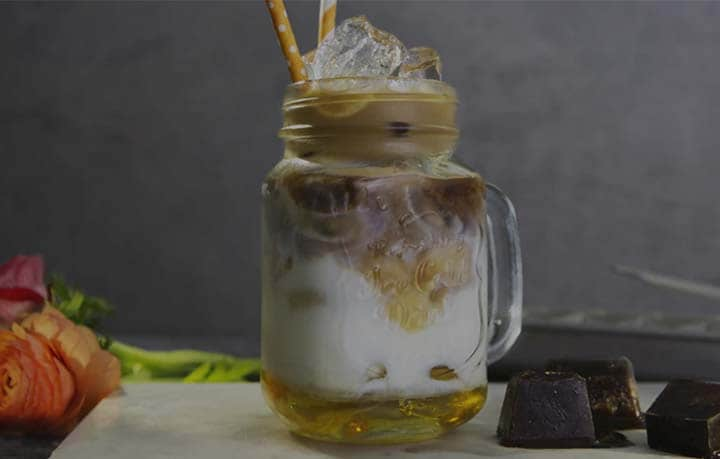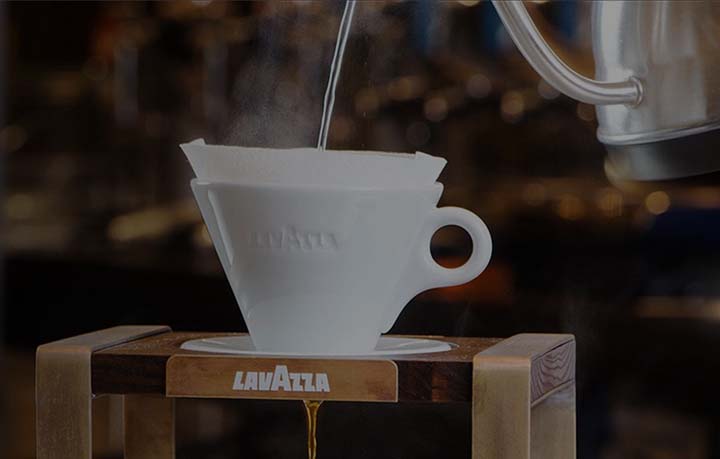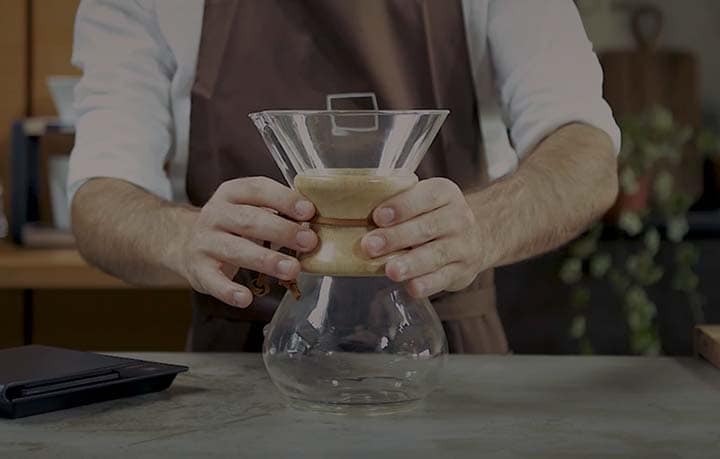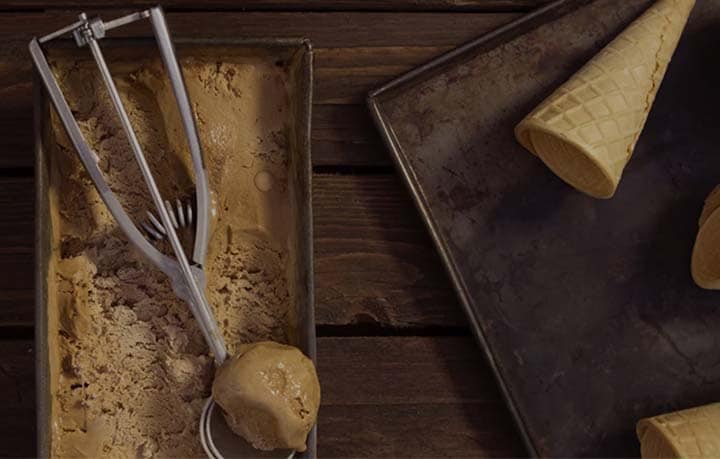*Lavazza is not affiliated with, endorsed or sponsored by Nespresso
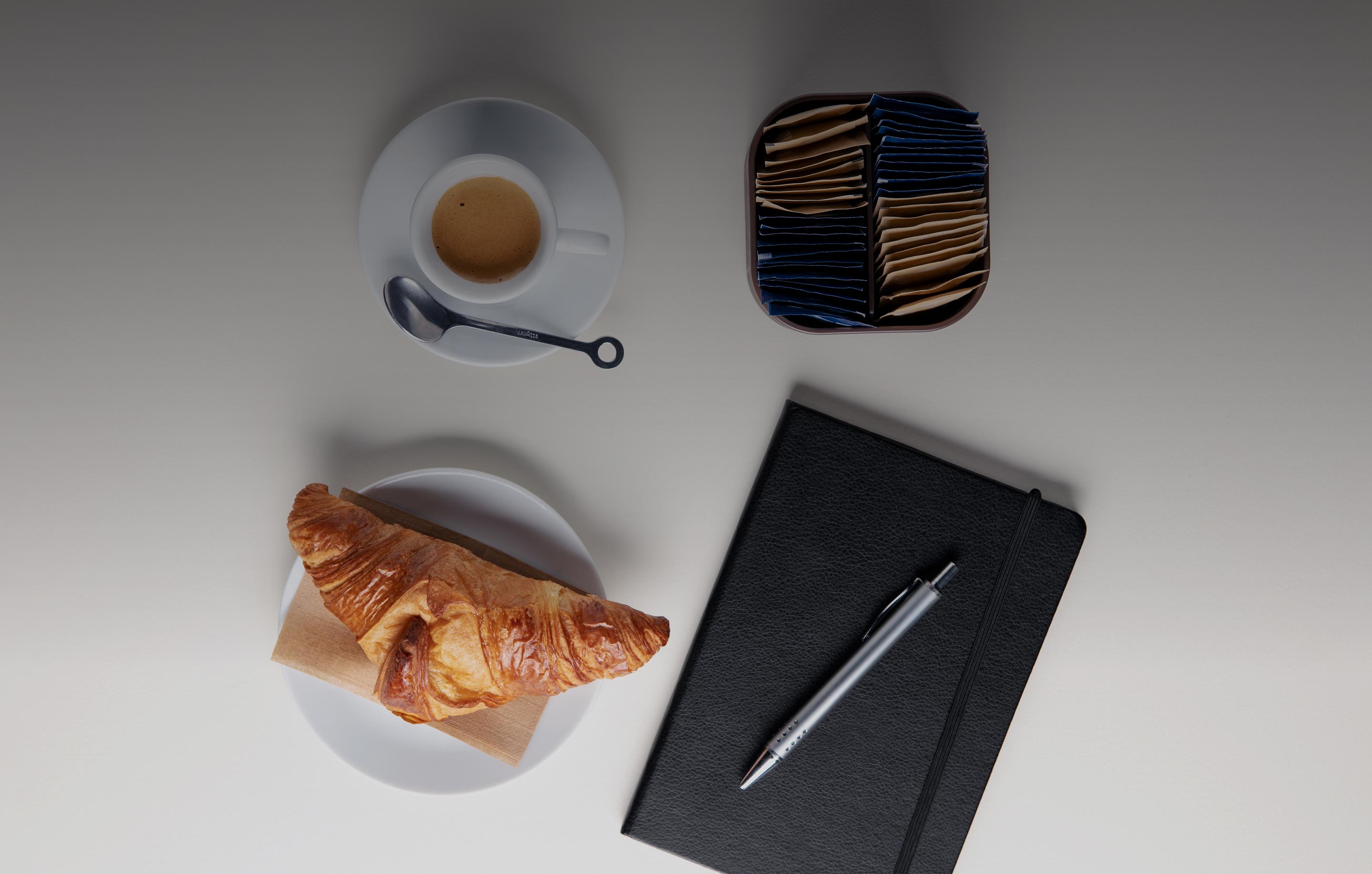
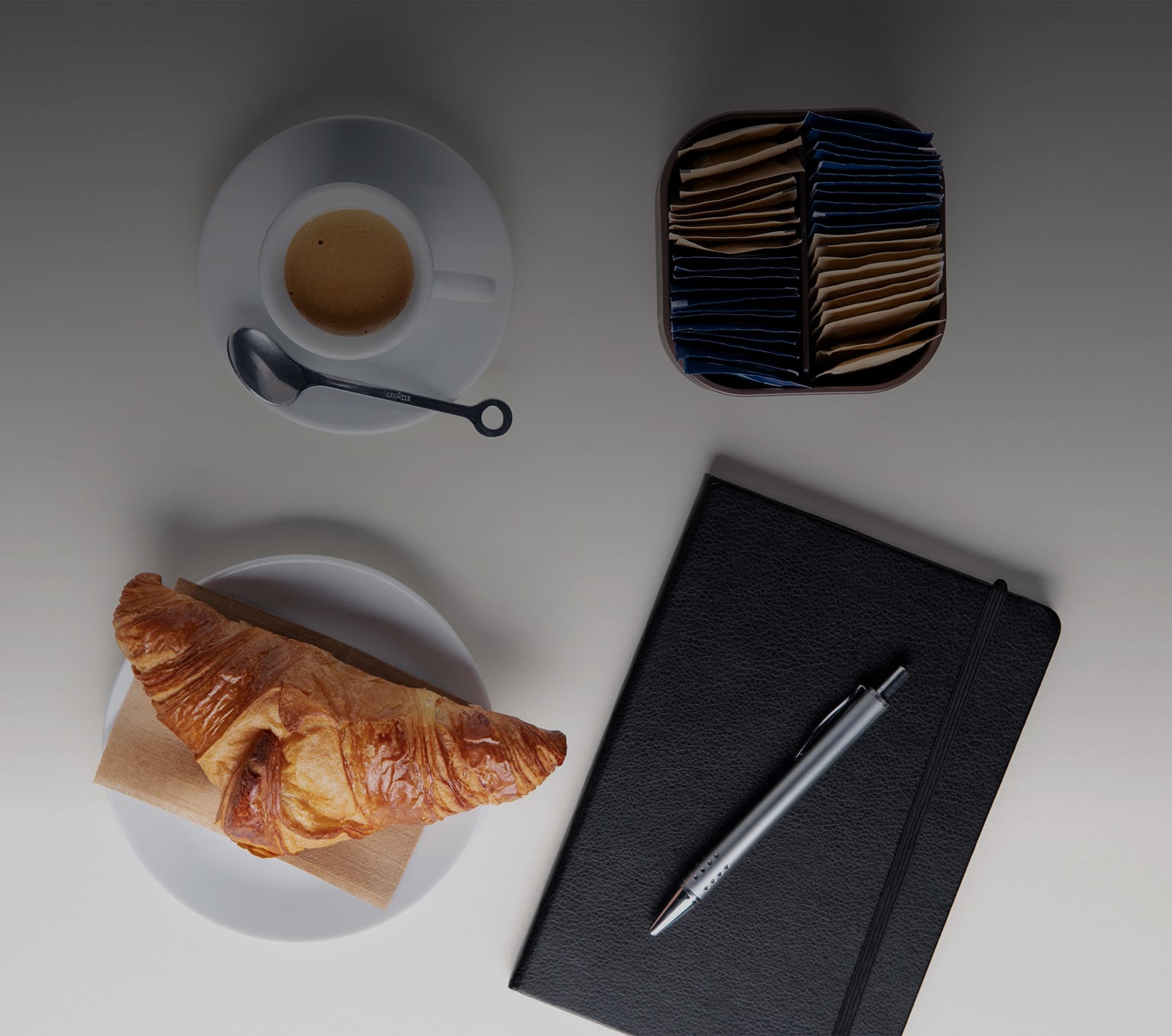
The coffee terms that a great barista needs to know
When baristas are at work in your favourite café, they’re likely to use coffee jargon that you’re unfamiliar with. By expanding your coffee vocabulary, you’ll discover new flavours and textures to try.
Barista coffee glossary
Using these official coffee terms is part of a barista’s daily routine. Check out our essential coffee vocabulary list:.
Shot
All coffee-based drinks are based on a measure of espresso which is called a ‘shot’. A standard shot contains approximately an ounce of espresso, but this might differ from one café to another. You can always ask your barista about their measures before you order. Customers often ask for a double (‘doppio’), or extra shot. Both these terms refer to double the normal amount of espresso.
Ristretto
Ristretto is another type of espresso shot. The difference between ristretto and regular shots is the final amount and how long it´s pulled for. Ristrettos usually take a few seconds less to pull than a regular shot, and will result in around 0.85 ounces of espresso. Ristretto shots have a richer taste with fewer bitter notes.
Lungo
Whereas a ristretto is produced with a shorter pull than a regular shot, a lungo (meaning 'long’) is pulled for longer. When pulling a lungo shot, the water will run into the cup for longer.
This differs from a double shot, which is two pulls – resulting in a cup containing 2 regular shots. With a lungo, more water passes through the layer of coffee. The result is a thinner espresso with an intense taste; it’s also more bitter than a regular espresso.
Body
Baristas use the coffee term ‘body’ to describe how the coffee feels in your mouth; whether it’s thin and watery, or thick and rich. There are 3 typical body characteristics: light, medium, and full-bodied. Coffee with a light body has a watery consistency and doesn’t normally leave any residue on your tongue. By contrast, full-bodied coffee has a heavier texture.
Crema
Crema is one of the espresso’s components that pools gracefully on top of the shot. Unlike the dark liquid on the bottom layer of espressos, crema has a nut-brown colour. The texture is foamy and thick on the tongue, giving the espresso a more complex flavour. The length of the pull will affect the crema you get.
Types of Coffee Beans
Some customers are familiar with the coffee dictionary, and they might ask about the type of blends available. A house blend is a combination of several types of beans to make a signature taste that the café will sell as its espresso base. These coffee bean types are essential for your barista vocabulary.
Arabica
Arabica beans are one of the most produced coffee beans in the world. Many coffee brands use 100% Arabica beans as their blend. This type of bean has a smooth and complex flavour. However, Arabica isn’t as bitter as other types of beans. There are various taste notes, depending on where the Arabica beans were cultivated. Some can develop floral/fruity notes, others more honey-like or nutty notes.
Robusta
Robusta beans typically grow at lower altitudes compared to Arabica beans. People who prefer Robusta beans over Arabica tend to like their coffee with a little more intensity, lower acidity, and greater body.
Liberica
Liberica is another kind of coffee cultivated in very small amounts. The taste is bold and smoky, but blenders usually mix Liberica with other beans to obtain more body and complex flavour. Liberica beans have a unique, woody, and nutty taste, but the burnt taste can be off-putting for many.
